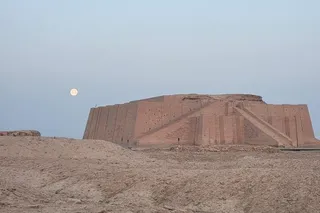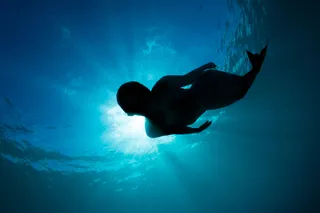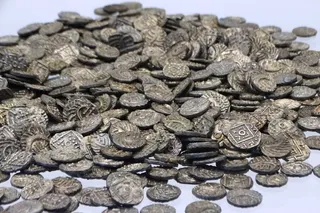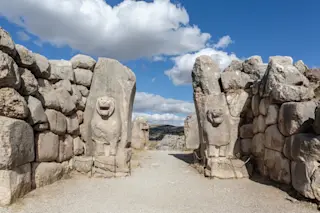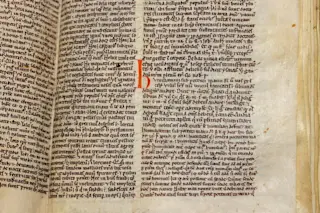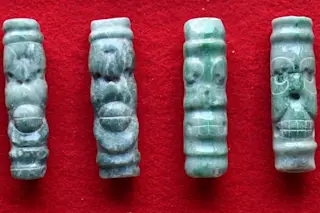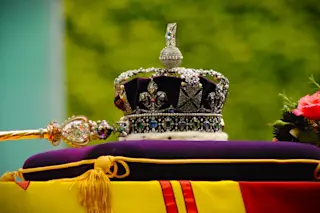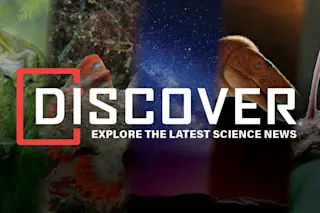Yesterday I appeared on a panel at the 2010 National Association of Science Writers meeting, along with public opinion experts Jon Miller and Carolyn L. Funk. Two write ups of the panel appeared on the event blog subsequently--here and here. To describe the event, then, let me just quote:
If you had $1 to spend on improving science literacy in America, how would you spend it? That was the question posed by Rick Borchelt, an organizer of today's Civics of science session, to panelists Carolyn L. Funk, Jon Miller, and Chris Mooney. Miller proposed spending half his dollar on improving pre-college science education, with the remainder on adult learning, a small portion of which would be used for science journalism. Mooney suggested spending the whole dollar on creating jobs for science journalists and young scientists, building an army of people devoted to improving public science literacy. And Funk said most ...





